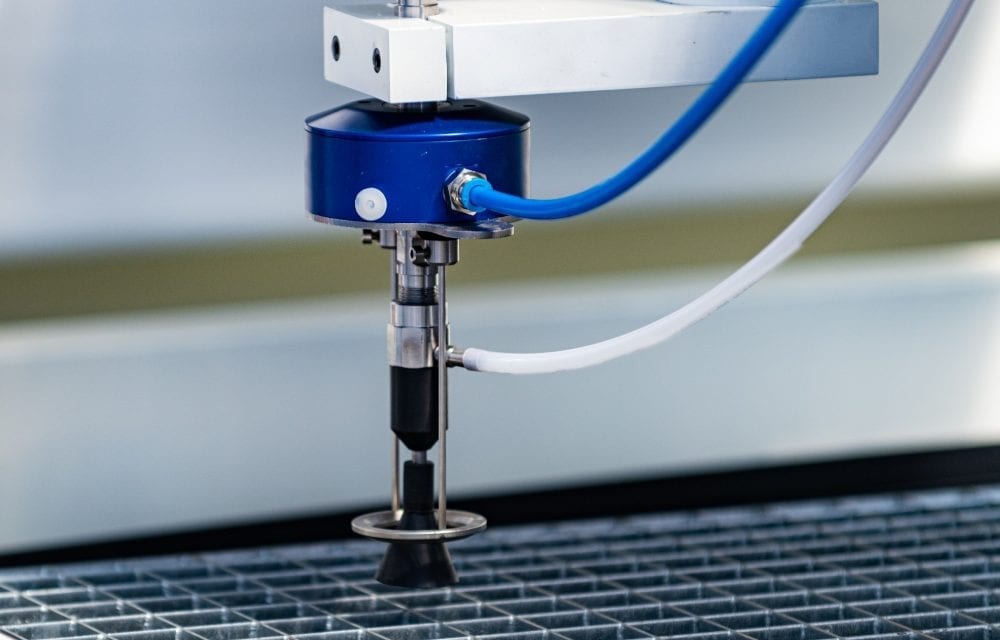AI-product development also referred to as product engineering, is a new breed of artificial intelligence research and development tools. It’s not quite the unbiased godlike genius you need it to be, just yet. Unfortunately, left unchecked, the databases used to train these AI products can pose dire life-or-death implications for their users.
Ethical Issues
Consider this scenario: suppose that a new self-driving vehicle can’t recognize basic commands from those with certain ethnic backgrounds. This is a relatively minor concern at first glance, but when a number of these vehicles were on the road simultaneously, humans could be in serious danger of being struck or killed by an autonomous vehicle that had no idea who was on the roads. This is just one example, and it is likely there are many more that could have been prevented if proper data was used during the development of these products.
However, products such as artificial intelligence cannot be forced into a state of perfection by programmers; they must constantly improve themselves. The best way to do this is to use a variety of real-world examples of how AI products work to better understand how they are able to perform the tasks that they are intended to do.
AI Improves With Use Over Time
In the case of AI in manufacturing, it is crucial to use real-world examples of how humans interact with their products in order to understand how such products may be used in the future. When you take the time to study human interaction with various types of products, you begin to understand how these products work in a very different environment from that which they are used in. For instance, you will have a much better understanding of what would occur if a self-driving vehicle failed to recognize a simple command from a pedestrian. You will also have an easier time understanding why these devices may behave in a manner that doesn’t necessarily make them safe.
AI is The Future
These types of real-world examples are not just found within science-fiction novels. Many scientists from all around the world now use real-world examples in their research and development of AI products in order to better understand the behaviors that they are attempting to model. This gives them a better understanding of how to avoid and handle the potential problems that come from the use of such artificial intelligence.
For these types of such product development projects, the only real-world examples used are those that occur on a day-to-day basis. In other words, you will never use Google Earth to study new cars or a software program to model a virus. It is only through using real-world examples that you will be able to develop real-world software solutions, which is the most appropriate path to take when it comes to this new field of artificial intelligence technology.




